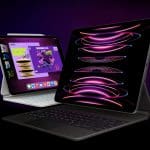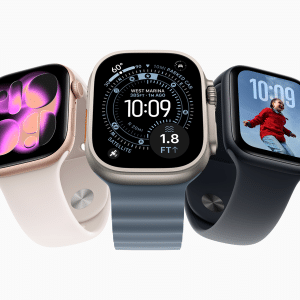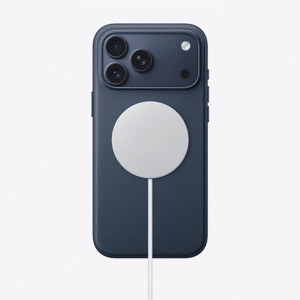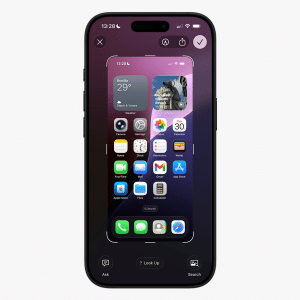The Apple Vision Pro, with a starting price tag of $3,500, stands at the higher end of the augmented reality/virtual reality (AR/VR) headset market. This premium pricing is significantly influenced by the device’s materials cost, estimated to be just over $1,500.
Omdia’s research highlights that the components making up the Vision Pro amount to an approximate cost of $1,542 for Apple.
The most costly parts are the twin 1.25-inch micro-OLED displays, which collectively offer a staggering 23 million pixels — surpassing the pixel count of a 4K TV. For these displays, Apple is estimated to spend $228 each, totaling $456 per headset.
Following the displays, the M2 and R1 chips emerge as the second priciest components. The M2 serves as the main processor, akin to the one introduced in the 2022 MacBook Air, handling content processing, the visionOS operating system, computer vision algorithms, and graphics.
The R1 chip manages input from cameras, sensors, and microphones, with both chips costing Apple around $240 combined.

However, as CNBC points out, these cost estimates do not account for additional expenses like research and development, packaging, shipping, sales and marketing efforts, and capital expenditures associated with large-scale parts orders.
These factors complicate any straightforward calculation of Apple’s profit margins based solely on parts costs.
Production forecasts for the Vision Pro in 2024 suggest a limited output of fewer than 400,000 units, attributed to manufacturing complexities. Analyst Ming-Chi Kuo notes that Apple is already developing a more cost-effective version of the Vision Pro, potentially featuring specifications closer to iPhone chips than those found in Macs.
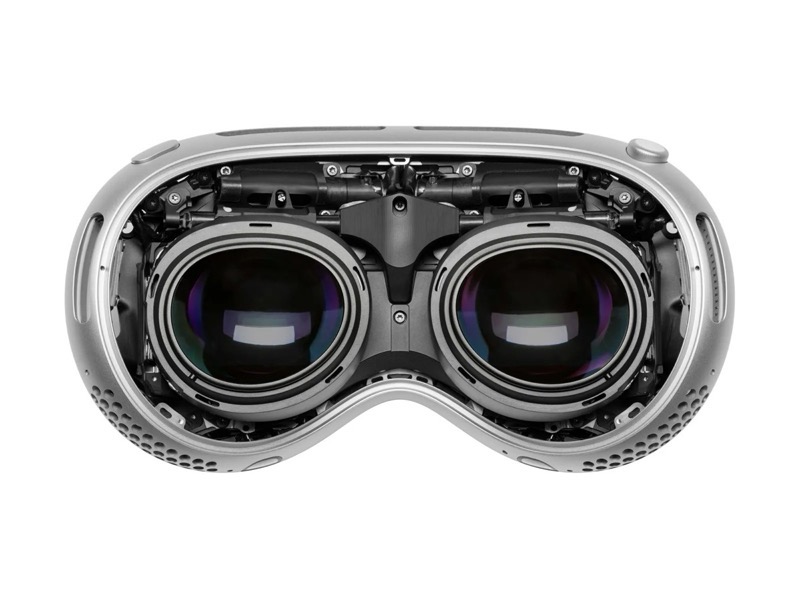
This new model might also incorporate lower-resolution displays and less expensive materials, possibly omitting the outward-facing EyeSight feature, which allows for a simulated rendering of the wearer’s eyes to be visible to outsiders.
Mark Gurman of Bloomberg anticipates the arrival of a next-generation Vision Pro, expected to debut towards the end of 2025, indicating Apple’s ongoing commitment to refining and expanding its presence in the AR/VR headset market.








